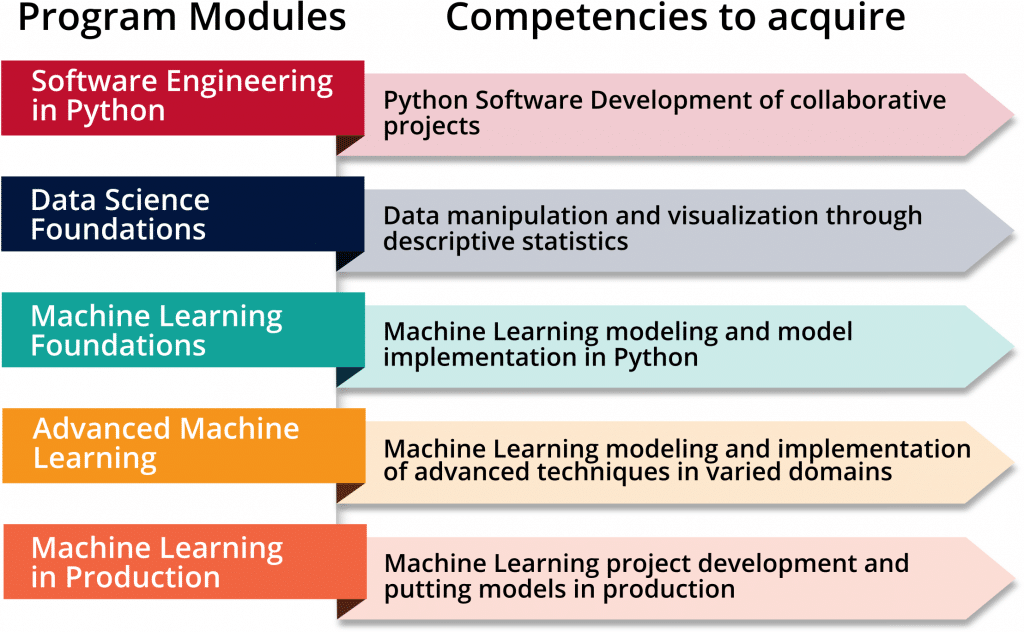AI Residency Design
The industry demand for AI experts has risen to unprecedented levels in the last few years. However, the increasing demand was not met by the number of skilled professionals in this area. In order to mitigate this problem, AI2 led the development of one of the first Brazilian AI Residencies. The one-year long program recruited residents with no prior knowledge of AI and provided them both classes and real-world practical AI projects to work on. The residency was a highly successful program in its inaugural class, with 95% alumni employability after two months of the residency conclusion. The residency program was published and presented during the AAAI Conference on Artificial Intelligence.
The program
The Residents play a central role in the process. Their main objective in joining the program is to develop AI competencies. They receive a monthly stipend to participate in the residency full-time, and can be later hired by the partner companies if they wish to do so. Residents are recruited without any prior knowledge on AI, and are expected to develop those skills during the course of the residency.
Partner Companies have the key role of funding the residency. In general, they are companies interested in leveraging the potential of AI for optimizing their operations or for building new products, but do not have dedicated departments. Each company is responsible for defining demands of their interest for the residents to work on and providing funds that will be used for paying resident stipends and for building the needed infrastructure. In return, a group of residents will deliver proof of concepts based on the defined demand and the company might benefit from the hiring aspect.
Finally, we relied on an Educational Partner to help manage the residency. While AI2 developed all class materials, and hired instructors and mentors for the residency, the partner performed the selection process for residents and partner companies and the treasury management.
The Residency Members are described in the figure below.



The residency takes one year of full-time dedication (40h/week). The program is composed of four three-month-long cycles named iterations illustrated in Figure above. Each iteration is composed of the same phases and characteristics.
The residents are divided into groups before each iteration. Each group will be working on a specific PC demand. At the end of the iteration, all groups are expected to deliver and present a proof of concept. After completing the cycle, a new group is sorted for the next iteration.
During the first two months of each iteration (the Learning phase), instructors from AI2 teach AI classes. During this phase, the residents divide their time between classes and project development. In the last month of the iteration, residents focus exclusively on their projects. During all times, residents have an AI mentor from AI2 to provide guidance on the projects. During the Sprint phase, the residents are assigned to working groups and focus on developing the proof of concepts.
The residents are taught the modules depicted above. In the course of the year, they are expected to learn and be able to apply the techniques of trade of an industry data scientist. The content of the classes is reviewed every year to be updated with the industry standards.
The outcomes of our first class were very positive. 95% of the residents were employed after two months of the residency closing. Moreover, all of the partner companies that did not have any AI team or department decided to invest in it as a direct product of our residency. Therefore, the residency not only helped with skilled labor formation, but also supported the creation of new jobs in the Brazilian AI ecosystem.
Following the first class, we currently hold two residency classes simultaneously.







